Phil Mulloy’s new feature film ‘Dead But Not Buried’ is the opening film at LIAF 2011 and we’re particularly proud to mention – a World Premiere.
LIAF interviewed Phil earlier on in the year. Read on to find out about this Best of Fest award winning animator.
LIAF You are often described as the enfant terrible of British animation. I do it myself when I can’t come up with a more original description. I’ve seen you laugh this off and I’ve seen you react more forcefully to it. How are you feeling about that title these days?
PHIL MULLOY To be called anything is actually quite nice. Recently I was called ‘brilliant’ and ‘rubbish’ for the same film. Perfect.
LIAF What was the motivation for moving from short films to feature-length films?
PM When times get tough and films get harder to make some people stop making films. My films get longer. It’s a matter of the will.
LIAF Your earlier short films have such a strong ’hand-painted’ ethos to them. To me, that’s where part of their sheer power come from. What was it like to move into using a computer?

PM I have always tried to do my drawings as quickly and in as unconsidered a way as possible. Losing control allows for the things you didn’t anticipate to happen. The computer allowed me to do things even more quickly. Now I manage to do hardly any drawing at all. And anyway, you can always access other people’s drawings on the internet and use those.
LIAF The first time I saw ‘Goodbye Mister Christie’, the prequel to ‘Dead But Not Buried’, was at the 2010 LIAF. Your introduction that night, to my mind, was one of the most honest introductions I’d heard in a while. You spoke less about the art and content of your film and more about your desire to work fast, to get the images out there, to get the voices speaking. Is that a fair enough assessment?
PM Yes, working in the way I did with that film allowed me to work very quickly. I shot that film, the first part of The Christie Trilogy, in a year and ‘Dead But Not Buried’ has taken me another year. Of course I don’t just work for speed’s sake. Working quickly allows me to work through ideas and not get so precious about everything. I can try things out, afford to make mistakes. If things fail, so what? Move on. This may sound very cavalierish, but of course everything I do is intensely important to me. It’s a balancing act between caring and not caring, between being brilliant and being rubbish.
LIAF The ‘energy’ level inherent in ‘Goodbye Mister Christie’ and ‘Dead But Not Buried’ seems virtually the inverse to that in most of your short films. Is this how you see it and, if so, is that a conscious decision; something that is fundamental to the longer feature-film length; a progression of your filmmaking style; all of the above; none of the above?
PM I have always liked the pacing of Robert Bresson’s films. Bizarrely, I was thinking of him when making The Christies. I was also thinking of the Canadian experimental filmmaker Michael Snow and a particular film by him called Back and Forth, mainly for the movement of the camera. Both these filmmakers could be said to pace things slowly. I also tend to have the music in my head as I am making the film. The music (more sound than music) for The Christies was to be slow to give the film a monumental feel. To me the contradiction between cheap, simple means to create an image that is pompously monumental is attractive. Needless to say, The Christies should really be seen in an Imax theatre.
LIAF The dialogue in ‘Dead But Not Buried’ is a vital and unusual element of the film. How was this dialogue arrived at and what drew you towards creating a film with these voices?
PM I became interested in computer- generated voices around 2000 and, in fact, made two shorts with the animator Paul Bush using the voices. They were really quite primitive and robotic. A couple of years later, I went back to the internet to see if the voices had progressed. They had. Now they were almost human. I began playing around writing dialogues, made a six-minute film, became interested in the characters and now, over five years later, I am still interested in these same characters. I work in this fashion – I write a scene of dialogue, then shoot the scene, then write the next scene, then shoot the scene, etc. After a few scenes, I go back and readjust things if I have to. The whole process is really quite simple and of course everything is quite literally at my fingertips.

LIAF What is the future for Phil Mulloy short films?
PM When I finish the trilogy, no doubt I will make some short films again. At any rate I will be playing around with ideas and imagery in some fashion.
LIAF There are plans for a third Christies feature?
PM I hope to begin part three in August.
You can see the World Premiere of ‘Dead but not Buried’ at LIAF’s Gala Opening this Friday, the 26th at 18:30.
















